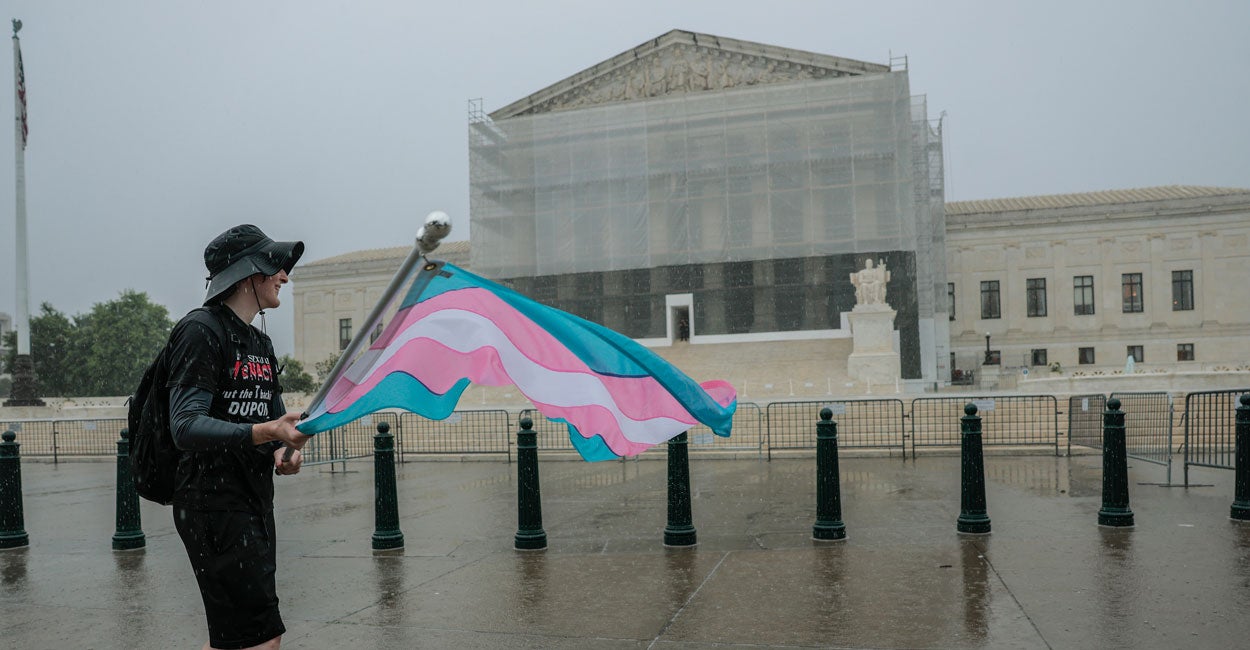
reactormag.com
(It’s Not) The Death of Criticism (Again)
Column
Mark as Read
(It’s Not) The Death of Criticism (Again)
Every old argument is new again — but it is sometimes necessary to reconsider the hows and whys of criticism.
By Molly Templeton
|
Published on September 11, 2025
“The Reader” by Ferdinand Hodler (c. 1885)
Comment
0
Share New
Share
“The Reader” by Ferdinand Hodler (c. 1885)
There are times when being very online makes me feel very old. In the past few weeks we have been through new rounds of “Is X genre dying?” and “litfic vs SFF,” two arguments that go in circles, always shifting a little bit in one direction or another, always making me want to ask questions like Okay, define “dying” and Okay, but what are genres, anyway?
But we are also in the middle of another ongoing discourse, one that’s been hovering in the margins—and occasionally charging into the middle—of conversations about art and life and media for a very long time. It’s the one that’s part “What is criticism for?” and part “Why should anyone get paid to have opinions?” and part “Oh god the online media ecosystem is in trouble,” all wound up in a fraught little ball labeled The Death of Criticism (Again) or Everyone Is Doing it Wrong (Again) or Say Goodbye to Your Little Critic Friends (Again). It’s exhausting, and yet it’s necessary, I think, for all of these topics to come up sometimes; for makers of and enjoyers of art to consider and reconsider what we love, what we do, and the whys of it all.
Some context: Earlier this year, the Associated Press announced that it would no longer run book reviews. The AP is its own news source, but it also feeds reviews and other journalistic works out to smaller outlets that don’t necessarily have their own dedicated arts writers. There are fewer of those outlets than there used to be. (The slow demise of local journalism is a much bigger topic than I can tackle right now.) Before that, the New York Times reassigned four of its regular critics, with culture editor Sia Michel writing in a memo, “Our readers are hungry for trusted guides to help them make sense of this complicated landscape, not only through traditional reviews but also with essays, new story forms, videos and experimentation with other platforms.”
This all sounds very familiar to anyone who has lived through what feels like an endless series of pivots. Pivot to video. Pivot to podcast. Pivot to anything that is not words on a page or screen. Pivot until you are dizzy and want to lie down. (To be fair, the NYT also said it would be hiring new critics. But one certainly notices the “reassigning” of those who have been very good on their beats for some time.)
“the decline of criticism, part two billion,” is the title of just one Substack post on the topic (and a title I deeply appreciate). A 2019 piece at the TLS begins with a series of quotes about the death of criticism, noting, “These statements were made by major critics in 1952, 1972 and 1994, respectively.”
Everything old is new again, but it feels, somehow, especially existential lately. (“Boss, it’s the fascism.”) It is pretty easy to attribute at least part of that to the techbros’ insistence that what they call “AI” is going to do everything for us, absolutely everything! And then to fear—reasonably—that it is going to erase cultural criticism, too, because if someone can just ask the robots what the deal is with any given work of art, why would they pay an actual human to have thoughts about it?
I don’t think I’m alone in much preferring the thoughts of actual humans to the delusional musings of jumped-up chatbots.
I’m being a little loose with “criticism” here because while I mostly write about books, I first wrote about music, and then I wrote weekly movie reviews for well over a decade. I find it hard to pull the threads apart. But literary criticism, specifically, has been in some degree of proclaimed crisis for years too. Elizabeth Hardwick in Harper’s, 1959: “The condition of popular reviewing has become so listless, the effect of its agreeable judgments so enervating to the general reading public that the sly publishers of Lolita have tried to stimulate sales by quoting bad reviews along with, to be sure, the usual, repetitive good ones.”
The unintentionally funniest thing about Hardwick’s piece is that it begins, “There used to be the notion that Keats was killed by a bad review, that in despair and hopelessness he turned his back to the wall and gave up the struggle against tuberculosis. Later evidence has shown that Keats took his hostile reviews with a considerably more manly calm than we were taught in school, and yet the image of the young, rare talent cut down by venomous reviewers remains firmly fixed in the public mind.”
Imagine being taught in school about how well or poorly an author took his reviews! If this was in fact your experience, I envy you. It was not mine.
I don’t point out any of the history of this crisis in order to belittle the present moment, but to put it in yet more context. We’ve been here before, but differently. It feels noticeable to me, when I look at previous eras’ criticism crises, that the existential aspect feels like less of a factor. Critics are and have been regularly upset with the state of criticism; they wish for more negative reviews, they wish for more outlets, they wish for smarter takes and editors who have more time to edit; they wish for more opportunities to review; they have a lot of points. But in the last few decades, the “criticism of the state of criticism” pieces have run alongside all the “death of the media” pieces. We are not just stressed about criticism. We are stressed about the papers that printed the criticism ceasing to exist, the local news outlets not having the funds to cover their communities, the jobs all drying up. We are worried about everything.
(This “we” is specifically those in, around, affected by the state of the media, but I think it’s bigger than that. You can count yourself in it or not; I leave that up to you.)
I write this column as a reader but also as a writer. The two things are inextricable for me: I read in order to write, and then I write in order to figure out what I think about what I’ve read. To be a critic, in any of the various and sundry ways in which one can now exist in that role, is to engage with art. That’s really all I think criticism is: sustained, considered engagement with art. It can be, but does not have to be, an ultimate judgement: read this, not that. Thumbs up or thumbs down. I’ve had people ask me before, “Was that a negative or positive review?” Both? Neither? It was a review. Like a book, you read it and make your own decisions about it.
But then you have the New York Times, saying “readers are hungry for trusted guides.” Sure, sometimes. Is that the only thing we’re hungry for? Do you just want to be told what’s good—in the opinion of the writer—or do you want to know how and why and what a book does? Do you want an instruction or a conversation?
I know, I know: “Por qué no los dos?” I want it all, too. Crunchy and soft. Negative and glowing. A simple recommendation from someone whose taste I trust, and a deep dive about a work of art of which I’m skeptical.
Mostly, I want people to understand and value criticism—for what it is in itself, yes, but also for what it has to offer: more ways to appreciate, or understand, or love art; more perspectives than just our own. When someone says that criticism is an art form, that is at least part of what they mean: Art lets us see the world in other ways, and criticism can help us see art and the world in other ways, too. It is not a contest of ego, a question of who’s smartest or can make the most references. It is, at its best, a door opening where you thought there was a wall.
These cyclical, repeating conversations are interesting, and instructive, and also, sometimes, hopeful. I followed a link on Bluesky to Patrick Nathan’s newsletter to read a post with the subheadline “Let people judge things.” (I usually say “Let people not like things,” but I love this version, too.) Nathan writes:
Critics write with the faith that there will be varying reactions to specific works of literature, and that one of the many pleasures of reading a book is to discuss it with others who’ve read it, and for that discussion to perhaps change or enrich each reader’s experience with the book. What’s more, as anyone who’s ever argued about anything can tell you, part of all of this pleasure is the argument itself, in trying to persuade someone that your way of reading the book is the way they should read it too — which is another way of saying that you crave recognition for the work you’ve done in reading the book reverentially. All criticism, by the way, is reverential; not with regard to specific books, necessarily, but reverential to each book’s potential aspiration toward literature.
He ends by talking about Roger Ebert, and writes of Ebert’s work, “That is the kind of power a critic can have: not to make or break a film, not to laud or pan a book, but to hand that power to you so you can judge for yourself.”
Nathan is in large part responding to another post, this one by Celine Nguyen, which is a take on criticism so optimistic that it made me feel briefly buoyant. Nguyen details what criticism is, and what it does, and writes:
Criticism, to me, is not a specialized form of writing that is only relevant to a disappearing minority of people. Criticism is not a specialized form of writing that can only be appreciated if you have a certain education or background. … To put it somewhat frivolously, somewhat seriously: The total addressable market for criticism is everyone who has a Goodreads or Letterboxd account.
Maybe criticism isn’t dying. Maybe it just has an image problem. (Along with the fascism problem, and the anti-intellectualism problem, and the distrust of experts problem. Those are really quite large problems.)
Nguyen’s piece led me to an essay by the author Christine Smallwood, who writes:
Criticism is an act of autobiography. The work of making an argument, coming to a judgment, or simply choosing which books or objects to give time and attention to is inevitably, helplessly, an expression of values—and an expression of self. Our tastes tell on us as much as our syntax and tone; that mysterious compound called sensibility is formed by some strange alchemy of innate tendencies, life experiences, and material circumstances. In the pursuit of explicating a text, observing its patterns and structure, how it works, what it means, I also explicate myself—revealing what catches my interest, where my attention lingers. I might do this more, or less, intentionally, but I always do it.
Criticism is inherently deeply personal, but it’s also a reaching outward, a conversation, a communication, a way of saying I experienced this; did you? Where do we connect or disagree about it?
Is it foolish to say that maybe we need more criticism about criticism? More conversations about what it is and who it’s for—that whole potential audience of everyone who goes online to see what someone else thought about something? People seem to get it in their heads that criticism is a lot of things it isn’t (most of the time): a tearing-down, an act of jealousy, an act of ego. The criticism I love best is an act of curiosity. An investigation, an exploration. And an open door. [end-mark]
The post (It’s Not) The Death of Criticism (Again) appeared first on Reactor.

















